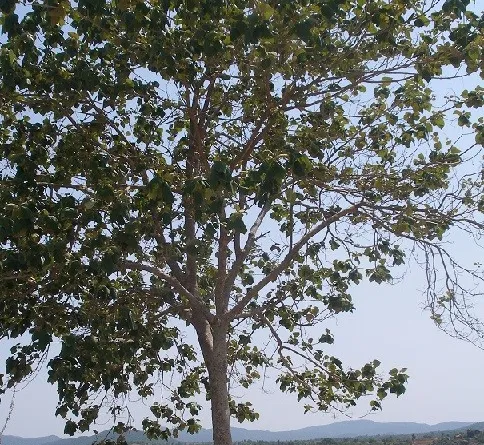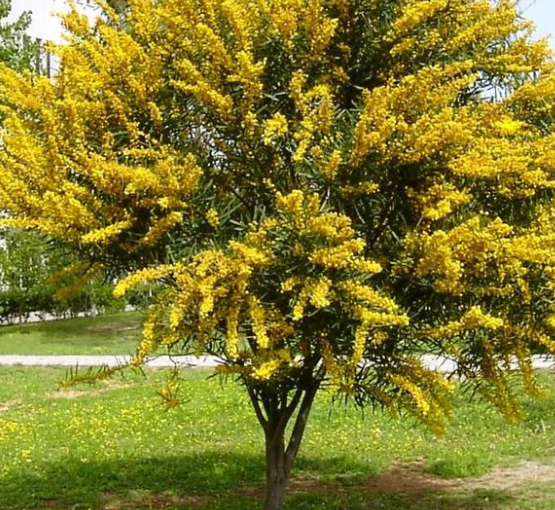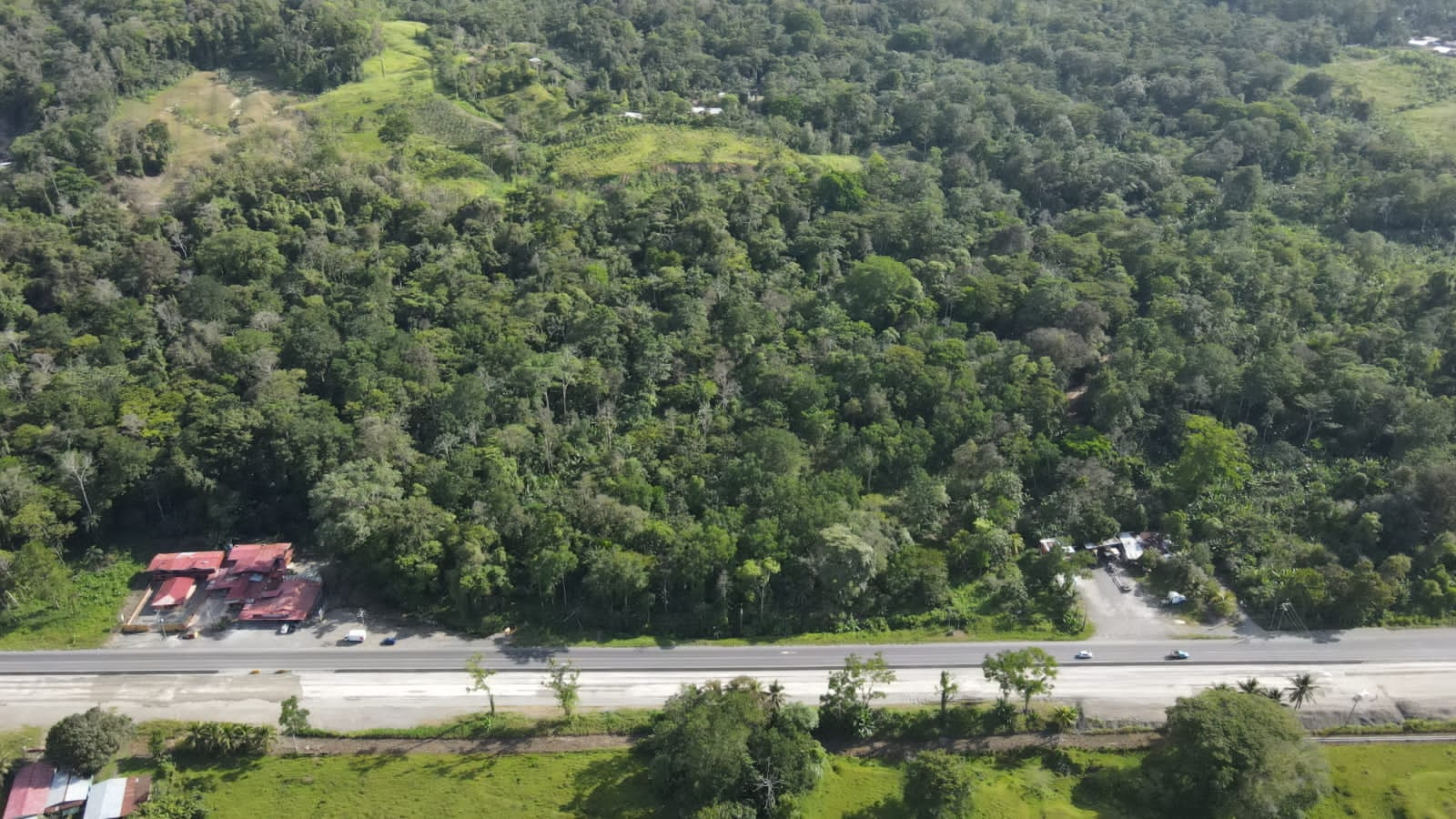Forestry of Acacia and Gmelina in Costa Rica
Sustainable Solutions for Economic and Environmental Benefits
The forestry sector plays a vital role in promoting sustainable practices and fostering economic growth. Among the various tree species cultivated in this region, Acacia and Gmelina stand out for their versatility, fast growth, and multiple uses. Let’s explore the forestry of Acacia and Gmelina, highlighting their ecological benefits, economic importance, and the sustainable management practices employed.

Gmelina Tree
Gmelina arborea, commonly known as White Teak, is a fast-growing hardwood tree species native to Southeast Asia. It has been widely cultivated in tropical regions, including Costa Rica’s Limón province, for its numerous beneficial qualities. Gmelina arborea is known for its straight grain, light color, and fine texture, making it highly desirable for a range of applications, such as furniture, construction, and craftwork. It is valued for its durability, ease of working, and versatility in various woodworking projects. With its ecological advantages, including erosion prevention, carbon sequestration, and support for biodiversity, Gmelina arborea has become a prominent choice in sustainable forestry practices, promoting the conservation of forests while meeting the demands of industries and artisans alike.
Acacia TREE
Acacia trees are known for their adaptability and resilience, thriving in diverse climates and soil conditions worldwide. With over a thousand different species, Acacia is a large and diverse genus of flowering plants. These trees are characterized by their distinctive feathery or fern-like leaves, clusters of bright yellow flowers, and often sharp thorns or spines. Acacias are valued for their nitrogen-fixing abilities, enriching the soil with nutrients and enhancing ecosystem productivity. The wood of Acacia trees is highly regarded for its strength, durability, and attractive grain patterns, making it sought after for various applications, including furniture, flooring, and crafts. Additionally, Acacia trees provide important ecological services such as erosion control, habitat provision for wildlife, and their flowers serve as a source of nectar for pollinators.





